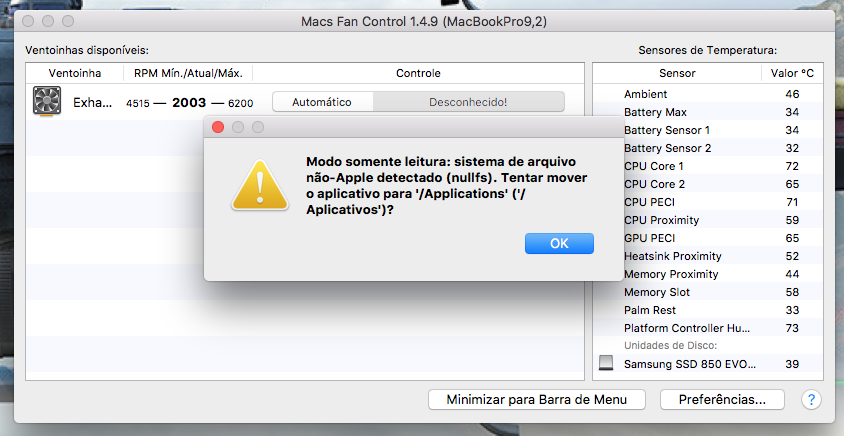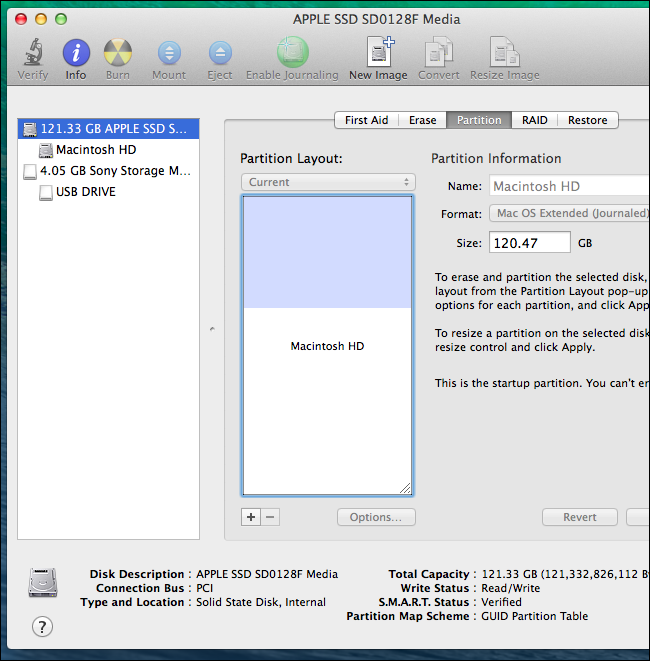
Contains R 3.1.3 framework, R.app GUI 1.65 in 64-bit for Intel Macs.
#Xquartz mac yosemite for mac os x
R 3.1.3 binary for Mac OS X 10.6 (Snow Leopard) and higher, signed package. Always re-install XQuartz when upgrading your OS X to a new major version. Note: the use of X11 (including tcltk) requires XQuartz to be installed since it is no longer part of OS X. The latter component is optional and can be ommitted when choosing "custom install", it is only needed if you want to use the tcltk R package. Contains R 3.1.3 framework, R.app GUI 1.65 in 64-bit for Intel Macs and Tcl/Tk 8.6.0 X11 libraries. R 3.1.3 binary for Mac OS X 10.9 (Mavericks) and higher, signed package. This only affects the R.app GUI on Yosemite and doesn't change any of the versions used. Note: The Mavericks installer package of R 3.1.3 has been updated on 6 to contain R.app GUI built with Xcode 5.1.1 to address an issue in OS X Yosemite where the original binary built with Xcode 6.1 resulted in poor editing performance. On Mac OS X 10.7 and later you can also validate the signature using pkgutil -check-signature R-3.1.3-mavericks.pkg In the Terminal application to print the MD5 checksum for the R-3.1.3-mavericks.pkg image. Please check the MD5 checksum of the downloaded image to ensure that it has not been tampered with or corrupted during the mirroring process. This binary distribution of R and the GUI supports 64-bit Intel based Macs on Mac OS X 10.6 (Snow Leopard) or higher. Note: CRAN does not have Mac OS X systems and cannot check these binaries for viruses.Īlthough we take precautions when assembling binaries, please use the normal precautions with downloaded executables. Releases for old Mac OS X systems (through Mac OS X 10.5) and PowerPC Macs can be found in the old directory. Mac OS 8.6 to 9.2 (and Mac OS X 10.1) are no longer supported but you can find the last supported release of R for these systems (which is R 1.7.1) here.


This directory contains binaries for a base distribution and packages to run on Mac OS X (release 10.6 and above). If you would prefer to keep using X11.app as your default server (you can still launch XQuartz.app manually), you'll want to disable /Library/LaunchAgents/.plist using launchctl(1).
#Xquartz mac yosemite update
This will update your DISPLAY environment variable to point to XQuartz.app rather than X11.app. If this is your first time installing XQuartz on Snow Leopard, you may wish to logout and log back in. Additionally, you should reinstall this package after installing XCode.

You will need to re-install this package after future OS, and Security Updates delivered through Apple's Software Update.
#Xquartz mac yosemite install
OS-X 10.5.8, 10.6.3, or later is required to install this package. Together with supporting libraries and applications, it forms the X11.app that Apple has shipped with OS X since version 10.5.ĭownload X11-2.5.0.dmg (Leopard) or XQuartz-2.5.0.dmg (SnowLeopard), and open it with Mac OSX's Installer.

The XQuartz project is an open-source effort to develop a version of the X.org X Window System that runs on Mac OS X.


 0 kommentar(er)
0 kommentar(er)
